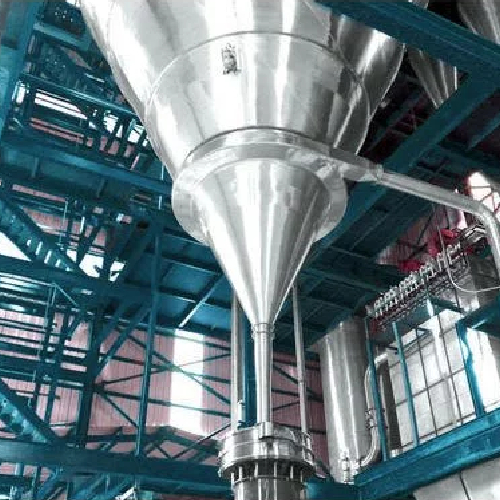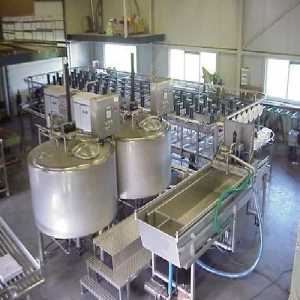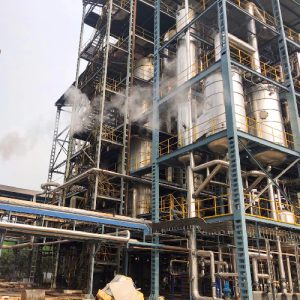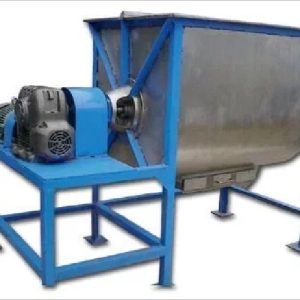| Frequency | 50 Hz |
|---|---|
| Capacity | 500 – 2500 kg/hr |
| Brand | F & B Engineer |
| Machine Type | Automatic |
| Material | Stainless Steel |
| Power Consumption | 1.5 kW |
| Voltage | 220 V |
Instant Tea/Coffee Powder Plant
Instant (or soluble) coffee has been widely used for decades because of its convenience. There are more than 60 different varieties of coffee, but for instant coffee manufacturing purposes the Coffea Arabica (Arabica) and Coffea Canephora (Robusta) are the most important.
FBE supply instant tea/Coffee Powder plant on turn key basis. The tea/coffee plant shall consist of Cleaning equipments, Blending equipments, Roasting equipments, Grinding equipments, Extractors, Clarifier, Aroma recovery equipments etc.
The Manufacturing Process
Extraction
The extraction of ground coffee beans take place in extraction column where soft water is passed through ground material. The soft water first passes through several hot cells (140-180°C) and then passes through “cold” cells (100°C) for extraction of the elements. The extract is passed through a heat exchanger to cool it to about 5°C. By the end of this cycle, the coffee extract contains 20-30% solids. To get a better yield a series of eight extraction batteries shall be used.
Clarification and concentration
The coffee extract is passed through centrifugal clarifier to separate out the insoluble materials. After clarification, the brewed coffee is then evaporated in multiple effects evaporator to concentrate the coffee extract upto 40-50% TS.
Aroma Recovery systems
Aroma recovery system is integrated with evaporator system to recover the volatile aroma. The volatile aroma is separated out before it enters to evaporating plant.
Spray Drying
Cooled, clarified liquid concentrate is sprayed through a nozzle at the top of a drying tower. Air that has been heated to about 250°C is blown downward through the mist to evaporate the water. The air is diverted out of the tower near the bottom, and it is filtered to remove fine particles, which can be recirculated back through the tower or reintroduced during the agglomeration step. The dry coffee powder collects in the bottom of the tower before being discharged for further processing. The resulting powder contains 2-4% moisture and consists of free-flowing, non-dusty particles.
6 Spray drying may be followed by a step to form the powder into coarser particles that will dissolve more completely in the consumer’s cup. The agglomeration process basically involves rewetting the surfaces of the coffee powder particles and bringing the particles into contact, so that they will adhere to each other and form larger, more granular particles. This is accomplished by exposing the powder to steam or a fine mist, while tumbling it in the air.





Reviews
There are no reviews yet.